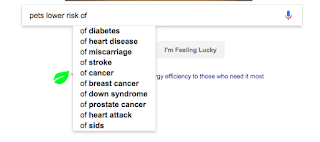Hearing
Hearing If there was something I could not live without is my hearing. I could not imagine watching a movie with only closed caption to guide me through the character’s life, hitting the play button on my favorite Spotify playlist and have nothing but the vibrations to grasp upon, or even being asleep in my bed and not be able to wake up to the artificial bird noises that I have programmed my phone to emit at certain hours of the morning. How could I even understand how life would be without sounds like: the shuffling of cards, a vacuum picking up a bunch of crumbs, and my very favorite. The tone that a GameCube makes when you first turn it on. I can honestly say that I admire people that live on without their hearing. There is no way that I could be satisfied with my life deprived of the life’s beautiful miracle of sounds and noises entering my head. The thing the people need to understand about how I perceive hearing is that if I did not have it when










